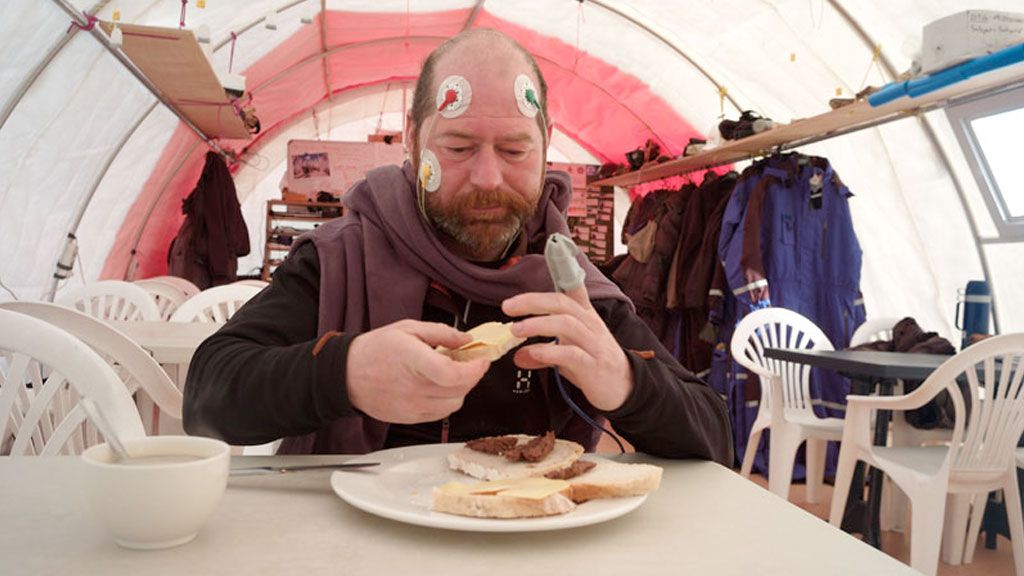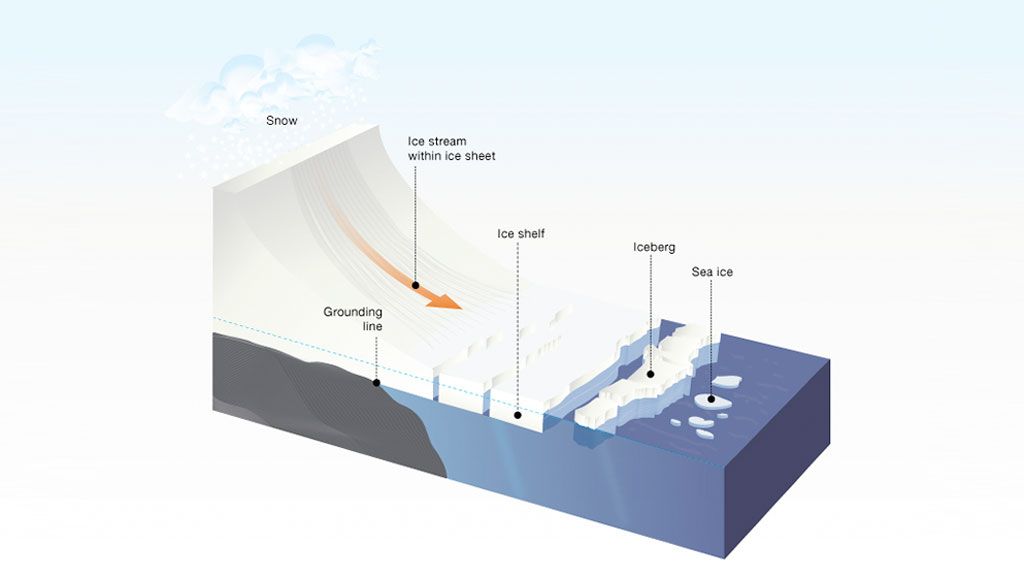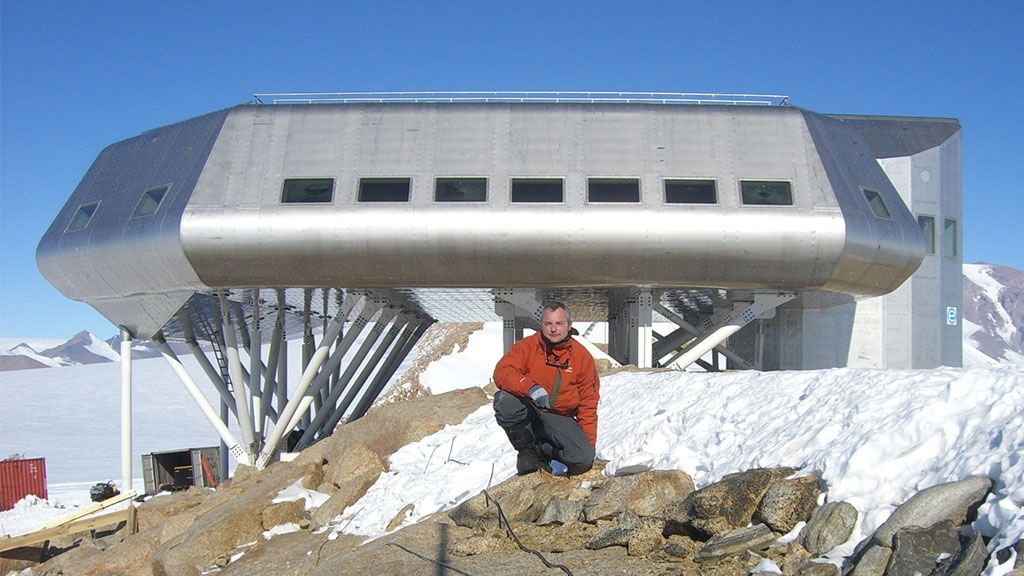How does physical activity affect sleep quality in Antarctica?
BELARE 2007-2008 Member Subject to Sleep Study
© International Polar Foundation / René Robert
Last year, Sciencepoles reported a sleep study being carried out on the BELARE (Belgian Antarctic Research Expedition) 2007-2008 expedition team members during the Princess Elisabeth Antarctic station's first building phase. Dr. Nathalie Pattyn, who works in the Department of Cognitive and Biological Psychology of the Vrije Universiteit Brussel (VUB) and the Department of Behavioural Sciences of the Royal Military Academy, investigated the influence of physical activity on the sleep-wake distribution of people exposed to constant daylight.
After having analyzed in Belgium the data which was collected in Antarctica, Dr. Pattyn was able to confidently confirm the research hypothesis and the various subjective reports she had been submitted: physical activity can help regulate the sleep perturbations encountered in an environment of constant daylight. What this means is that the quality of one's sleep is directly influenced by the physical activity each person has engaged himself in during the day. This is true even when one is found in an environment of constant daylight.
Measurements:
- Actigraphy: for reminder, these are armband measurements which record movement, skin temperature, skin impedance and body heat dissipation (a measure of energy expenditure).
- Quantification of physical activity
Results:
- The data collected from the actigraphy can be used to measure sleep in an indirect way. Dr. Pattyn deducted a "sleep efficiency" parameter, which gave a ratio of the total amount of time spent asleep over the total amount of time spent in bed. The results of this "sleep efficiency" parameter showed that sleep is more fractioned when exposed to periods of constant illumination.
- The more one is active during the day, the more one will sleep well at night. This was particularly evident when comparing people having an intense daytime activity with others engaged in less strenuous physical activities. The "sleep efficiency" parameter linked to physical activity confirmed that physical activity can help regulate sleep perturbations encountered in an environment of constant daylight.
Due to various reasons (discomfort, cold, mishandling of samples, etc.), some of the parameters measured during BELARE 2007-2008 were not fully recoverable. This season, however, Dr. Pattyn is accompanying the BELARE 2008-2009 expedition as the expedition's MD (Doctor of Medicine). Not only will she continue with the actigraphy and physical activity quantifications, she will also carry out polysomnography tests (records the biophysiological changes that occur during sleep) in order to measure the sleep's quality and quantity. She will also pursue saliva samples, attention tests and questionnaires. The idea is to confirm data collected thus far and provide more in-depth descriptions of both the mechanisms involved in sleep disturbances and their consequences for the human being.
Physical activity can help regulate the sleep perturbations encountered in an environment of constant daylight.





